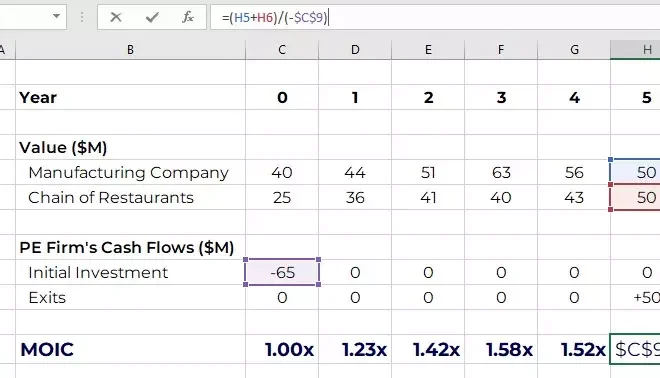How to calculate mps

Introduction:
Meters per second (MPS) is a unit of speed that measures how far an object travels in a given time frame. Calculating MPS is commonly used in various fields, such as physics, engineering, and sports. In this article, we will walk through the process of calculating MPS step by step.
Step 1: Understand the Basic Formula
The basic formula for calculating MPS is as follows:
MPS = Distance (meters) / Time (seconds)
This formula shows that to calculate MPS, you need to divide the total distance traveled by the amount of time it takes to travel that distance.
Step 2: Gather Necessary Data
Before you can calculate MPS, you need to know two pieces of information: the distance traveled and the time it took to travel that distance. These values can be obtained through different methods, such as using a measuring tape for distance or a stopwatch for time.
Step 3: Convert Units if Necessary
Ensure both distance and time values are in the appropriate units (meters and seconds). If not, convert them before proceeding with the calculation. For example, if your distance is in kilometers, multiply by 1,000 to obtain meters. If your time is in minutes, multiply by 60 to obtain seconds.
Step 4: Perform the Calculation
Once you have both values in meters and seconds, simply divide your distance value by your time value:
MPS = Distance (meters) / Time (seconds)
Example:
Suppose an athlete runs 100 meters in 12.5 seconds.
MPS = 100 meters / 12.5 seconds ≈ 8 meters per second
The athlete’s speed is approximately 8 meters per second.
Conclusion:
Calculating MPS is a straightforward process that requires only two pieces of data—distance and time—and can be applied in numerous situations. By following these four simple steps, you can easily determine the speed at which an object travels in meters per second.






